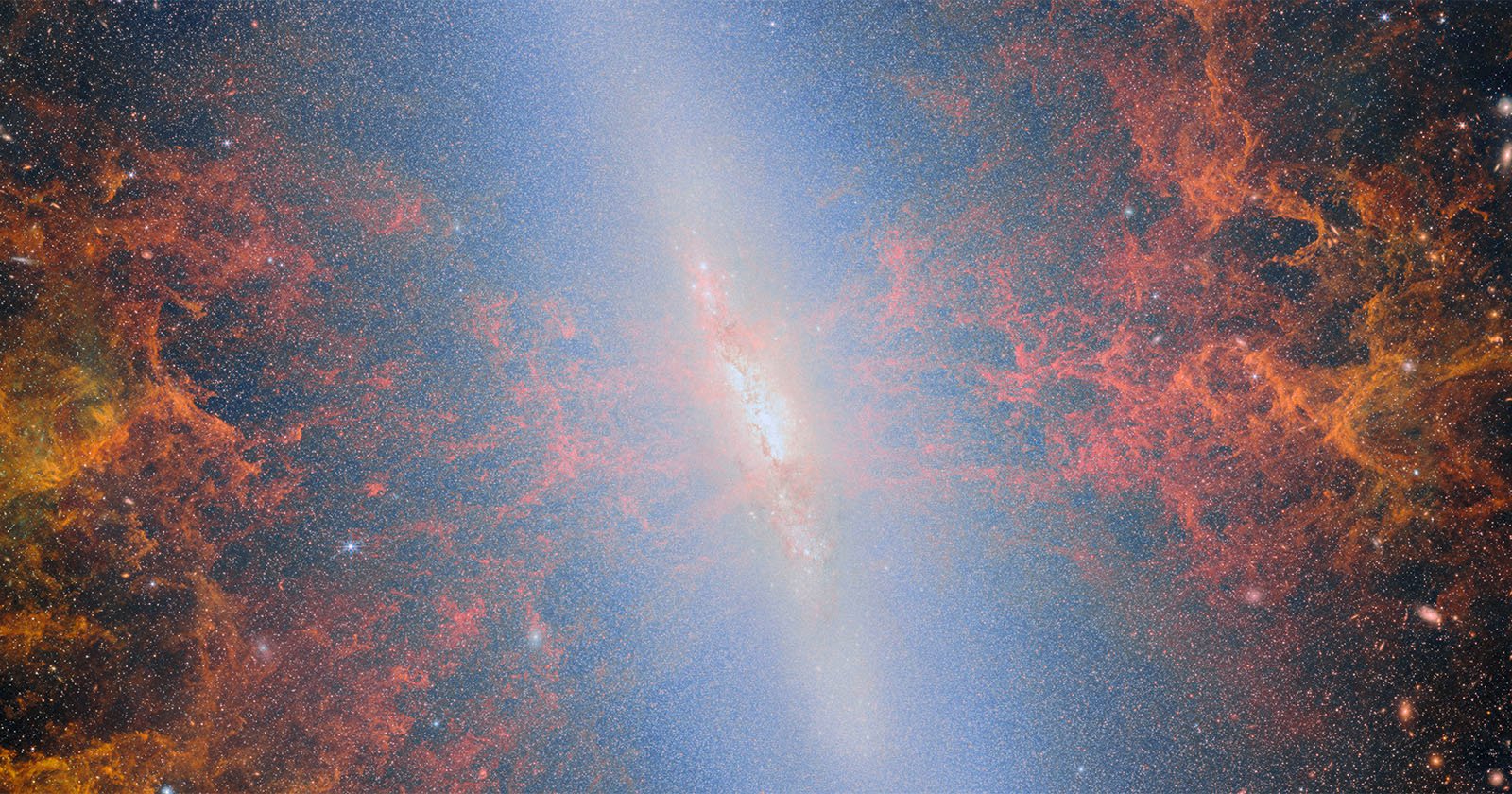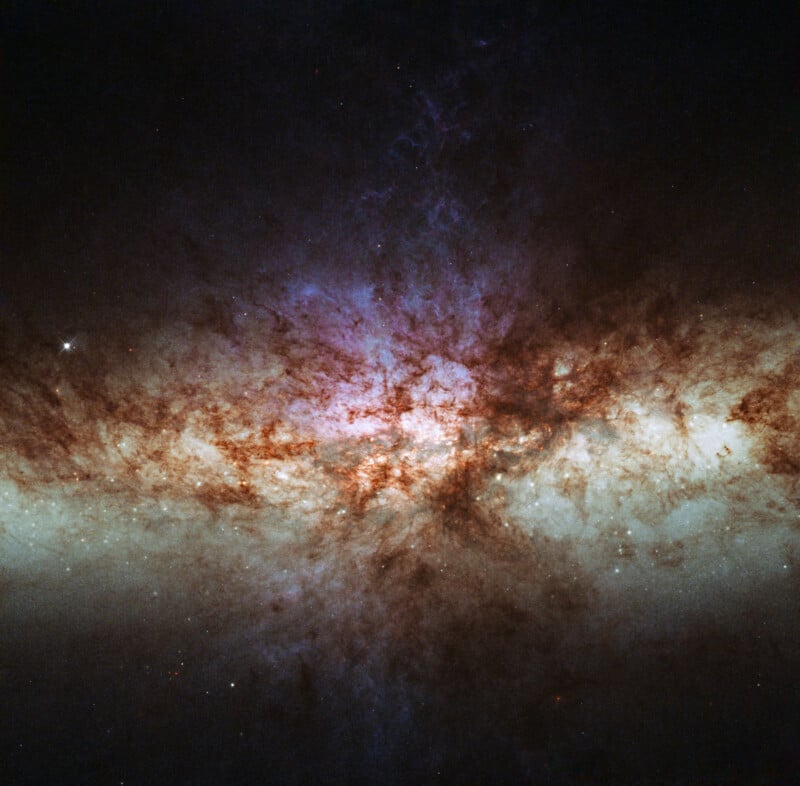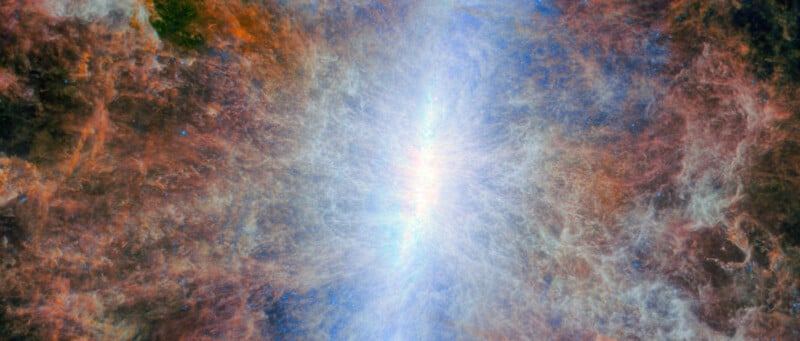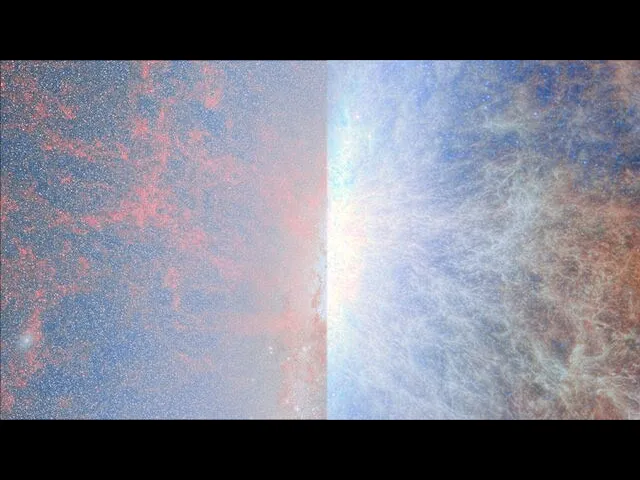Super-Bright Galaxy Photo Shows How Webb Compares Against Hubble

The James Webb Space Telescope’s (JWST) latest target is Messier 82 (M82), also known as the Cigar Galaxy. The nearby galaxy is five times more luminous than the Milky Way. It has previously been photographed by the Hubble Space Telescope, providing a great way to measure the two active space telescopes against each other.
While both JWST and Hubble have unique strengths, it is always fascinating to see how they see the same cosmic targets. In the case of M82, Webb’s excellent infrared camera technology can peer through the galaxy’s thick, dusty clouds, showing a remarkably bright, jaw-dropping hotbed of activity.
In Hubble’s visible light image, which is still spectacular, shows a lot of detail, but it’s impossible to see the stellar nursery where M82’s many young stars are formed. Webb, on the other hand, peels back the curtain, exposing a hotbed of activity.

Researchers are fascinated by M82’s relatively fast rate of new star formation, which far outpaces the expected rate based on its mass. Thanks to images like what JWST can capture, scientists can work to unravel the Universe’s cosmic mysteries. The leading theory now is that M82’s neighbor, the large spiral galaxy M81, interacted with M82 and sent the galaxy an influx of gas. This gas has the raw materials required for star formation.
M82 has more than 100 super star clusters, some of which are still forming, per the European Space Agency (ESA). Super star clusters, as evidenced by the name, are more massive and brighter than regular star clusters and can have hundreds of thousands of stars each.

Researchers have used Webb’s new data to identify plumes of material, including polycyclic aromatic hydrocarbons (PAHs). These PAH molecules can be used to trace star formation.

“Each plume is only about 160 light-years wide, and the Webb images show that these plumes are made up of multiple individual clouds that are 16–49 light-years across — an incredible level of detail enabled by Webb’s sensitive instruments,” ESA explains.
Image credits: Webb image by ESA/Webb, NASA & CSA, A. Bolatto. Hubble image by ESA/Hubble & NASA.
Source link



